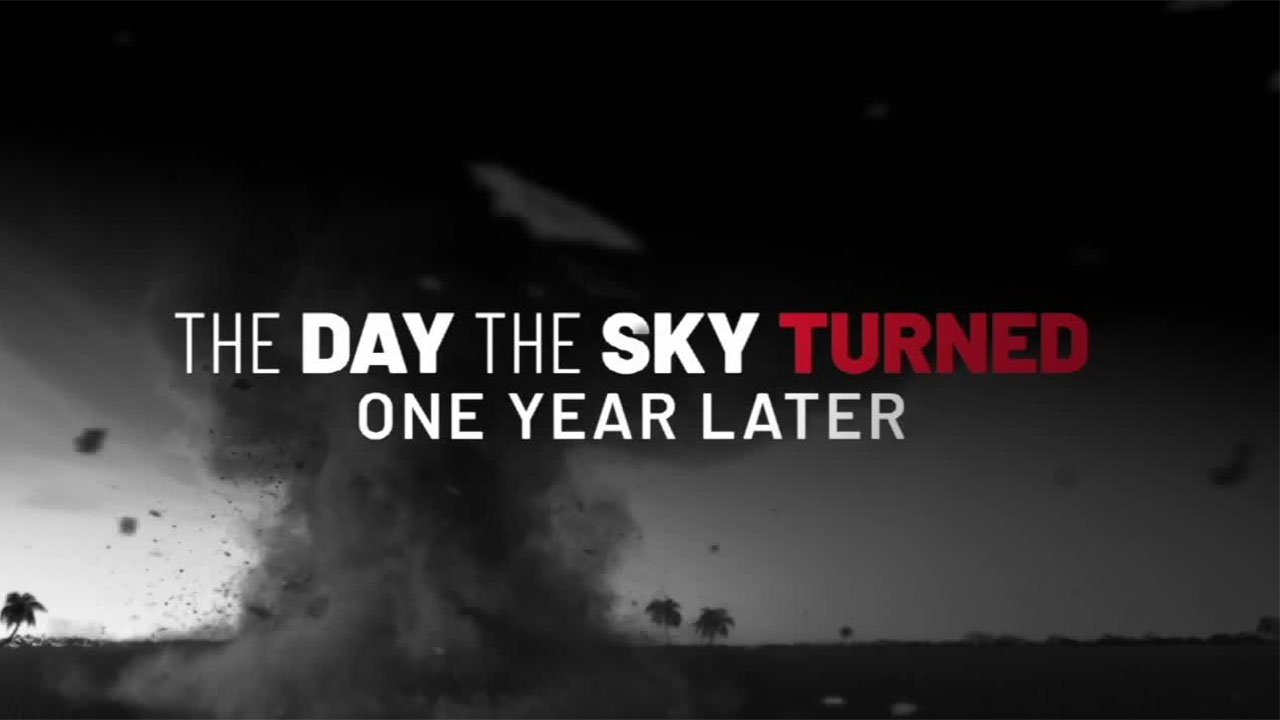WEST PALM BEACH, Fla. — The WPTV First Alert Weather team is keeping watch on three areas of disturbed weather that could develop into tropical systems over the coming days.
The first is located 600 miles west-southwest of the Cabo Verde Islands and has a 30% chance of development over the next two days and 50% chance over the next seven days.
The National Hurricane Center said Wednesday this system could strengthen into a tropical depression "during the next several days."

TRACKING THE TROPICS: Hurricane Center | Hurricane Guide
The second is located off the west coast of Africa and has a 20% chance of development over the next two days and 40% chance over the next seven days.
"Further development of the low is possible over the weekend before environmental conditions become unfavorable early next week," the NHC said Wednesday.
Both areas are forecast to move to the west-northwest.
"On both of these, looks like models do want to develop it," WPTV First Alert Weather meteorologist Jennifer Correa said. "It's going to be slow to develop, though. Probably not until the end of the week or into early next week. One of those could become a tropical depression."
The third area of unsettled weather is located off the southern Texas coast in the western Gulf of Mexico, where a low is forecast to form by the start of next week.

This area has the most immediate threat to land, Correa said.
"This is not a threat to Florida," Correa said. "Models are showing that, if it does form, regardless of formation or not, it's going to bring some sort of active weather for southern Texas."
Correa added that models take this system into parts of northern Mexico and Texas.
"The other two in the Atlantic, we have plenty of time to watch it," Correa said.







